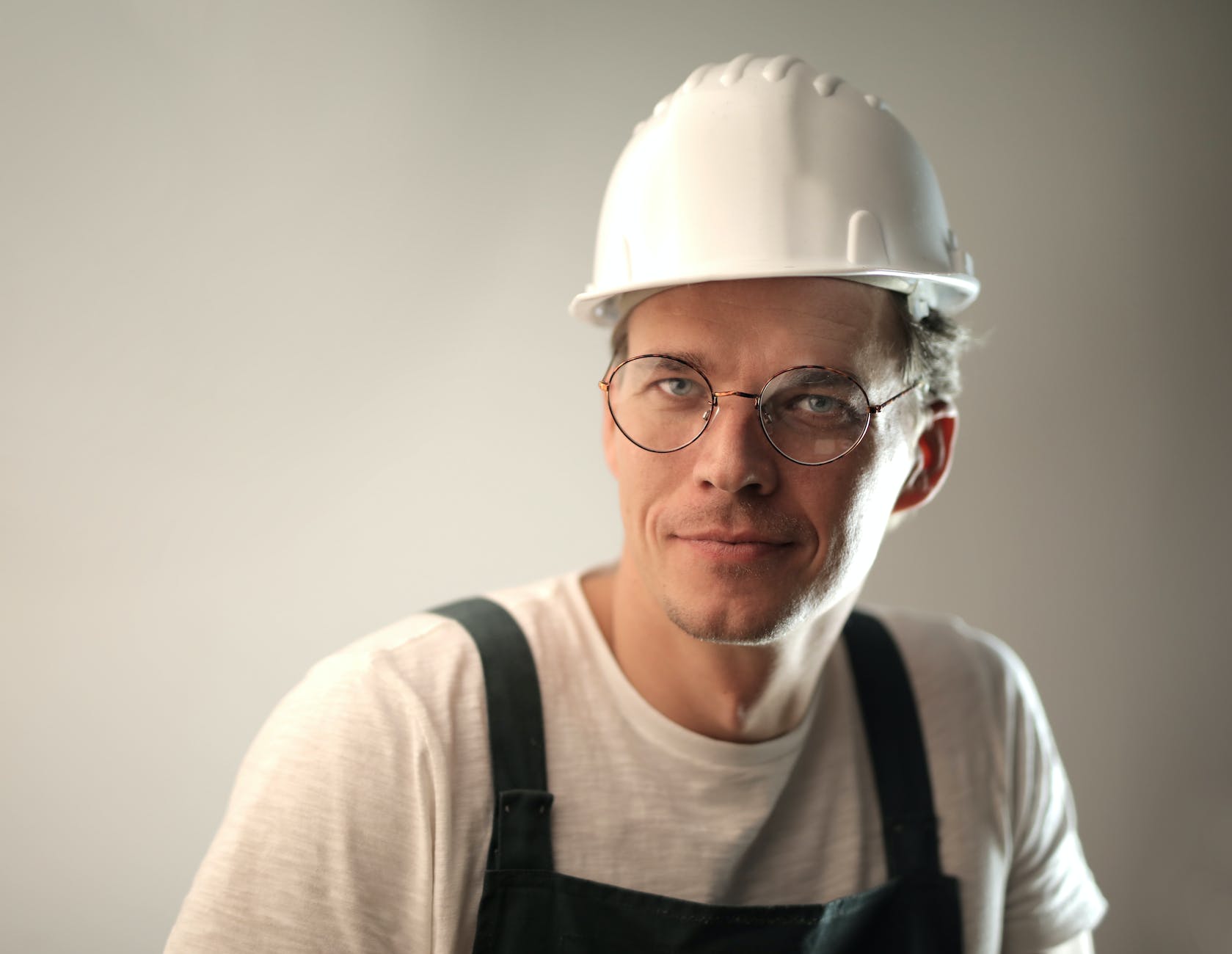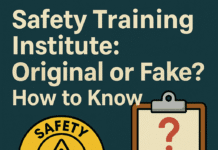
Construction Risk and Safety Specialist (CRSS)
In the bustling realm of construction, safety stands as an indispensable cornerstone. Amidst the bustling hum of activity and the architectural symphony shaping skylines, the role of a Construction Risk and Safety Specialist (CRSS) emerges as a pivotal guardian ensuring the well-being of both the workforce and the project’s success.
Understanding the CRSS Role
What is a CRSS?
A CRSS, often unsung yet paramount, is a professional tasked with meticulously safeguarding construction sites against potential risks and hazards. Their expertise lies in orchestrating safety protocols, averting mishaps, and maintaining compliance with rigorous safety standards.
Importance of CRSS in the Construction Industry
The construction industry, a bustling hub of innovation and progress, inherently carries inherent risks. The CRSS steps in as the custodian, implementing safety measures that safeguard not just the workers but the entire project’s trajectory.
Responsibilities of a CRSS
Risk Assessment and Management
One of the primary responsibilities of a CRSS involves conducting comprehensive risk assessments. This diligent scrutiny identifies potential hazards and maps out strategies to mitigate these risks effectively.
Compliance with Safety Regulations
Staying abreast of ever-evolving safety regulations is another pivotal task. A CRSS ensures that the construction site complies with local, national, and international safety standards, reducing legal liabilities and fostering a secure work environment.
Training and Education Programs for Workers
Empowering the workforce through training and educational programs forms a cornerstone of the CRSS role. Educating workers about safety protocols and procedures enhances awareness and minimizes the likelihood of accidents.
Key Skills and Qualifications
Technical Expertise
A CRSS must possess a profound understanding of construction methodologies and technological advancements to effectively assess risks and implement appropriate safety measures.
Communication Skills
Effective communication stands as a linchpin, enabling the CRSS to disseminate safety protocols clearly across diverse teams and hierarchies.
Understanding of Safety Protocols
An in-depth comprehension of safety protocols and their applications in various construction scenarios is imperative for a CRSS to navigate complex safety challenges.
Role in Mitigating Risks
Identifying Potential Hazards
The CRSS conducts meticulous site inspections, identifying potential hazards such as structural weaknesses, electrical risks, or environmental dangers.
Implementing Safety Measures
Upon identifying risks, the CRSS orchestrates the implementation of safety measures, ranging from installing protective equipment to modifying workflows for enhanced safety.
Crisis Management Strategies
In the event of an unforeseen crisis, the CRSS swiftly activates crisis management strategies, ensuring minimal disruption and maximum safety for all involved.
Collaboration within the Construction Team
Working with Engineers and Architects
Collaboration with architects and engineers is pivotal for a CRSS. By aligning safety considerations with the project’s architectural and engineering aspects, a holistic safety framework is achieved.
Ensuring Safety Throughout the Project Lifecycle
From the project’s inception to completion, the CRSS remains vigilant, ensuring safety at every stage, adapting strategies as the project evolves.
Challenges Faced by CRSS
Balancing Safety and Project Deadlines
The challenge of upholding stringent safety standards while adhering to project timelines poses a constant balancing act for CRSS professionals.
Adapting to Evolving Safety Standards
As safety standards evolve, CRSS individuals must continuously update their knowledge and practices, ensuring compliance with the latest regulations.
A Construction Risk and Safety Specialist (CRSS) is a professional responsible for identifying, evaluating, and mitigating risks associated with construction projects. Their primary focus is on ensuring the safety of workers, minimizing potential hazards, and implementing safety protocols and procedures in compliance with industry standards and regulations. CRSS professionals typically conduct site inspections, develop safety plans, provide safety training, and collaborate with project managers to address any safety concerns throughout the construction process.Conclusion
In the dynamic realm of construction, the role of a Construction Risk and Safety Specialist (CRSS) holds paramount significance. Their proactive approach to risk assessment, diligent implementation of safety measures, and commitment to ongoing learning shape a safer, more secure future for construction projects and their invaluable workforce.
NEBOSH National Diploma in Safety & Health
NEBOSH International Environmental Diploma
NEBOSH International Diploma in Health & Safety
Health & Safety Qualifications – NEBOSH, NVQ, OSHA, IOSH
FAQs
1. What qualifications are required to become a CRSS?
To become a CRSS, individuals typically need a bachelor’s degree in a relevant field like engineering, construction management, or occupational health and safety. Additionally, certifications such as Certified Safety Professional (CSP) or Occupational Health and Safety Technologist (OHST) can enhance one’s credentials.
2. How does a CRSS handle safety challenges on large-scale construction projects?
CRSS professionals tackle safety challenges on large-scale projects through meticulous risk assessment, implementing robust safety protocols, conducting regular inspections, and fostering a culture of safety among the workforce. They collaborate closely with various stakeholders to ensure safety remains a top priority throughout the project lifecycle.
3. What technological advancements are influencing the role of CRSS?
Technological advancements like Building Information Modeling (BIM), drones for site inspections, wearable tech for worker safety monitoring, and AI-driven analytics are significantly influencing the CRSS role. These innovations streamline risk identification, enhance data-driven decision-making, and improve overall safety management.
4. How does a CRSS contribute to the overall success of a construction project?
CRSS professionals play a pivotal role in ensuring the smooth progression of construction projects by mitigating risks and preventing accidents. Their proactive approach to safety minimizes disruptions, reduces potential liabilities, fosters a safer work environment, and ultimately contributes to the timely and successful completion of projects.
5. Are CRSS professionals in high demand in the construction industry?
Yes, CRSS professionals are increasingly in demand in the construction industry due to the growing emphasis on safety regulations, the need for risk mitigation, and the prioritization of worker well-being. As safety continues to be a critical aspect of construction projects, the demand for qualified CRSS individuals remains robust.
























